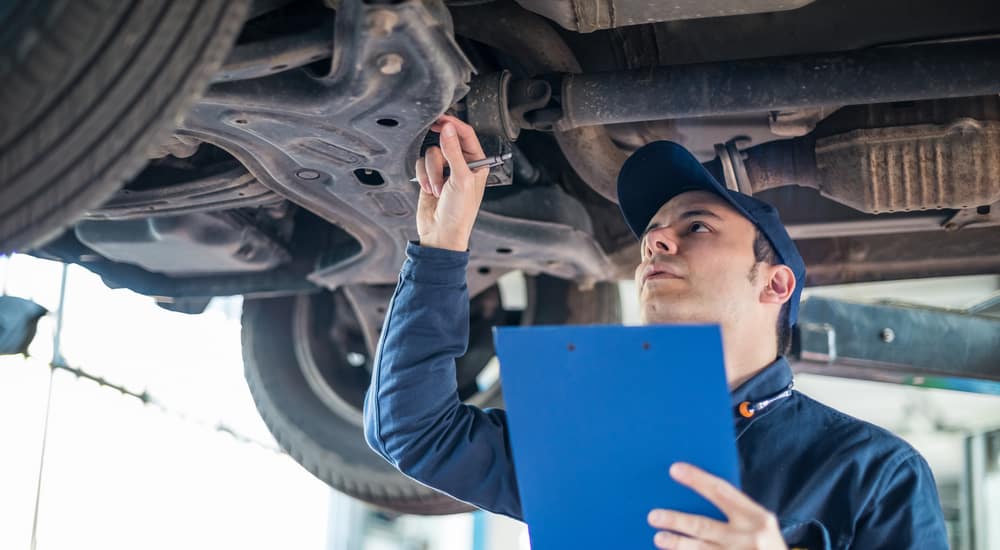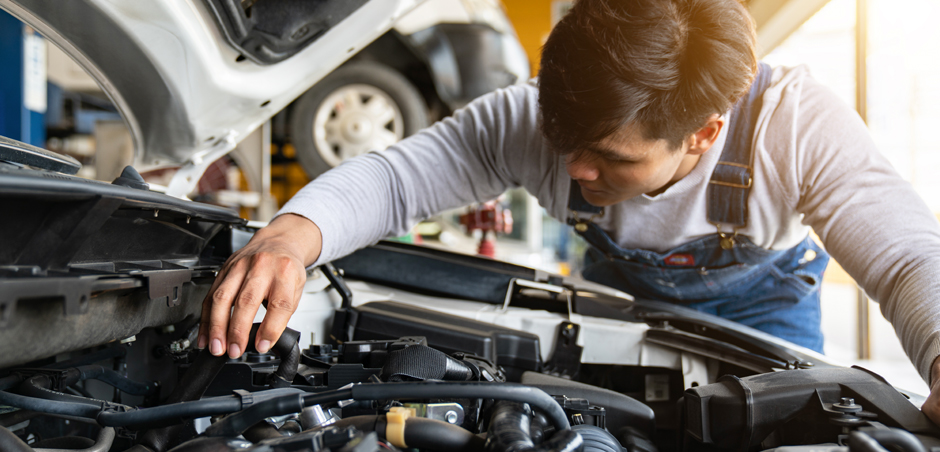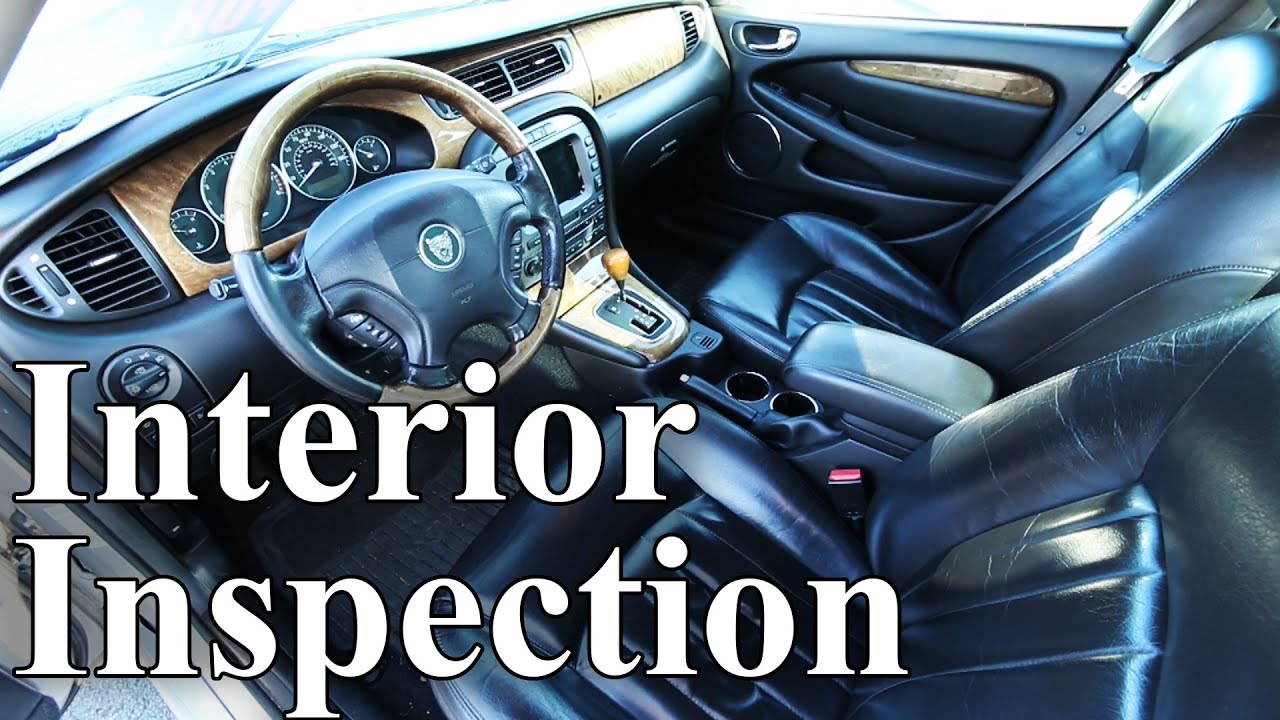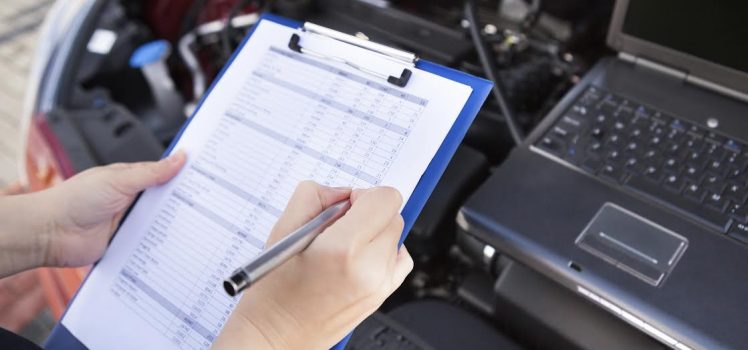27/09/2021
4 Easy Ways to Help you Inspect any Used Vehicles for Sale
Purchasing used vehicles for sale is not an easy task, as you need to keep in mind several inspections regarding the vehicle. These factors revolve around the car's ownership, the car's performance, and the price of the car.
You can be relieved if you're purchasing the car from a reputed website or seller. But if you're not, then there are several factors that you should consider to ensure you're purchasing a legal car that is in good condition and is drivable.
Hence, today we will list some ways that will assist you in clearly inspecting and then purchasing used Japanese cars.
1- Inspect the Exteriors

Before purchasing or finalizing the car, thoroughly inspect the exterior of the car. This includes the underside and bottom sides of the car. When inspecting the exteriors look for any scratches, dents, holes in and around the car's body.
Inspect the grills, headlights, side mirrors, tail lights, windscreen, wheels, and wipers. Once you're satisfied, they are in good and proper condition, only then move on to the other parts of the inspection.
Look for any signs of excessive damage that would cost more in the future. If the vehicle has minimal damage, do not buy such vehicles and instead opt for other vehicles.
2- Inspect the Engine and Under the Hood

When you're planning to buy used cars, the second most crucial place to look for signs of damage or problem is under the hood.
Under the hood is not only limited to the engine and surrounding parts. To know if any parts have been changed recently, look for the screws. You should also check the bonnet, as the bonnet can also speak volumes about the engine's condition.
If some screws are old, and some are new, it is clearly understood that the new screws result from a change of parts. Then look at the fluid levels in the engine. Inspect the oil, brake fluids, lubricants, coolants, etc. Check whether the car is running on new or old oil.
If the oil is thicker and brown, then it is old oil. New oil will be clean and will not have a thick consistency. If the oil is thick, then it should be immediately changed before purchasing.
3- Inspect the Interiors

After thoroughly checking the exteriors and under the hood, the final step is checking the interiors. Look for any stains, tear in the seats or around the dashboard. Inspect for any scratches on the interior of the steering wheels.
Turn on the air-conditioner and check the airflow. When turning on the air-conditioner, look for any foul smell. Take a look at the odometer reading. If you feel the odometer reading has been tampered with, then look for another car.
Turn on the ignition and hear any knocking sounds or warning lights on the dashboard. If there is any entertainment system, inspect whether they are working properly or not.
4- Look at The Paperwork

You must only purchase a car that someone legally owns. To ensure it is legal and not stolen, you must check the paperwork of the car.
Take a look at the license and registration of the previous owner. All the papers, including the insurance papers, the PUC papers, and other documents, should adhere to the rules and regulations. If you feel the car is in good condition, then take it for a spin.
Wrapping up
These points will help you while buying used cars.